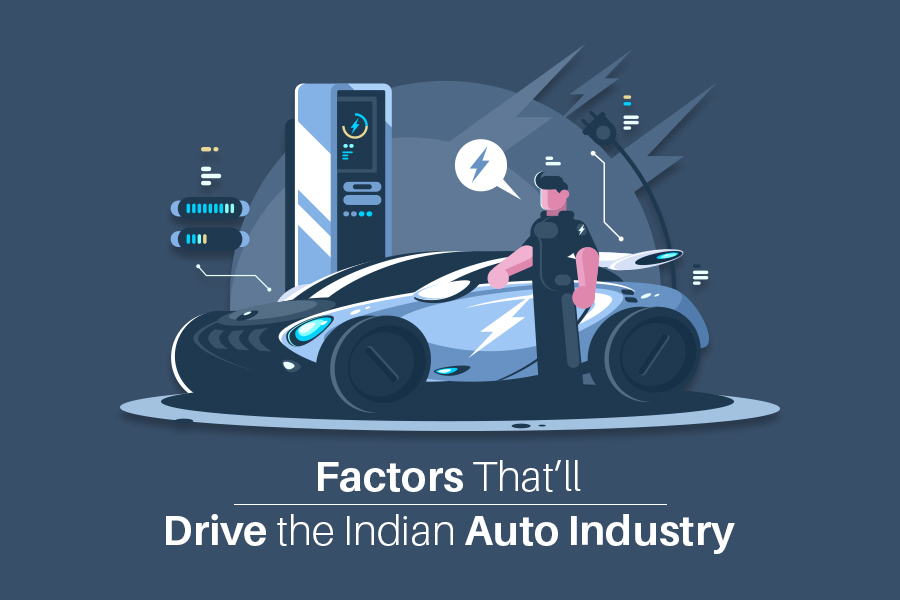Factors That’ll Drive the Indian Auto Industry
 |
Factors That’ll Drive the Indian Auto Industry
|
Indian
auto market was an island in the pre-liberalization era, thanks to restrictive regulatory
norms, and high import duties and taxes. Liberalization changed it all in 1992,
facilitating the entry of Foreign Direct Investment and the best vehicles,
brands and technologies into the Indian auto space. With the auto industry
coming of age, India capped off 2018 with production of over 30 million vehicles
and an impressive 6.26 percent growth rate. Presently, it’s one among the top 7
auto manufacturers and the 4th largest auto market in the world.
While
the signs are encouraging, speculations are ripe on how a few local and global
trends will shape up in coming times. Let’s discuss the some key factors that
shape these trends.
Policy initiatives:
The
Government of India is keen to attract more foreign investments into the auto
sector, raise the bar in the auto
technology India, and cut down carbon footprint significantly.
- Currently, the government permits FDI with up to 100
percent equity to keep the Indian auto industry poised for a consistent
growth. The global auto incumbents like Hyundai, Honda, Mercedes Benz and
more are furthering their investments in India.
- Measures are being taken to help India evolve as a
global manufacturing destination and a R&D hub. In fact, about 388.5
million dollars will be invested on setting up R&D centers pan India
to invent, develop and mainstream cutting edge auto technologies.
- The government acknowledges electric as the latest automobile technology, and
foresees an all-electric future by 2030. To this end, Electric Vehicles
will be introduced into the public transport systems across 11 cities.
Upgrading grid capacities, building EV friendly infrastructure and setting
up incubation centers are being prioritized.
- About 1.39 billion dollars have been allotted to
the Faster Adoption and Manufacturing of Electric Vehicles in India (FAME)
scheme for the FY20-22 to promote adoption of EVs.
- The Automotive Mission Plan 2026 is being
implemented to increase the industry revenues by three folds and exports
by seven folds, and create 6 Crore jobs.
- Tackling emissions is also being prioritized with
the introduction of BS-6 emissions in 2020. Plus, the CAFÉ norms are
implemented, mandating manufacturers to up their fuel efficiency by 30 percent
after 2022.
Demographic factor:
Demographic
trends determine growth rates far into the future. India’s urban population is
expected to touch the 50 Crore mark by 2030, about 6 Crore households will be a
part of the consuming class by 2025, and the country’s workforce will grow
exponentially and so will the purchasing power parity. All these demographic
indicators suggest the rapid rise in demand for mobility across two-wheeler and
four-wheeler segments. With a present 2.70 percent growth rate, the passenger-vehicle
market is expected to be the biggest gainer.
The
mini cars and hatchbacks have been the biggest crowd puller in the Indian auto
market, and are expected to keep their dominance intact in coming times. Growth
for SUVs, sedans, and luxury cars is also on the cards, thanks to the
increasing purchasing power. Plus, they are the ideal candidates for
implementation of the latest technology
in automobile 2019.



Comments
Post a Comment